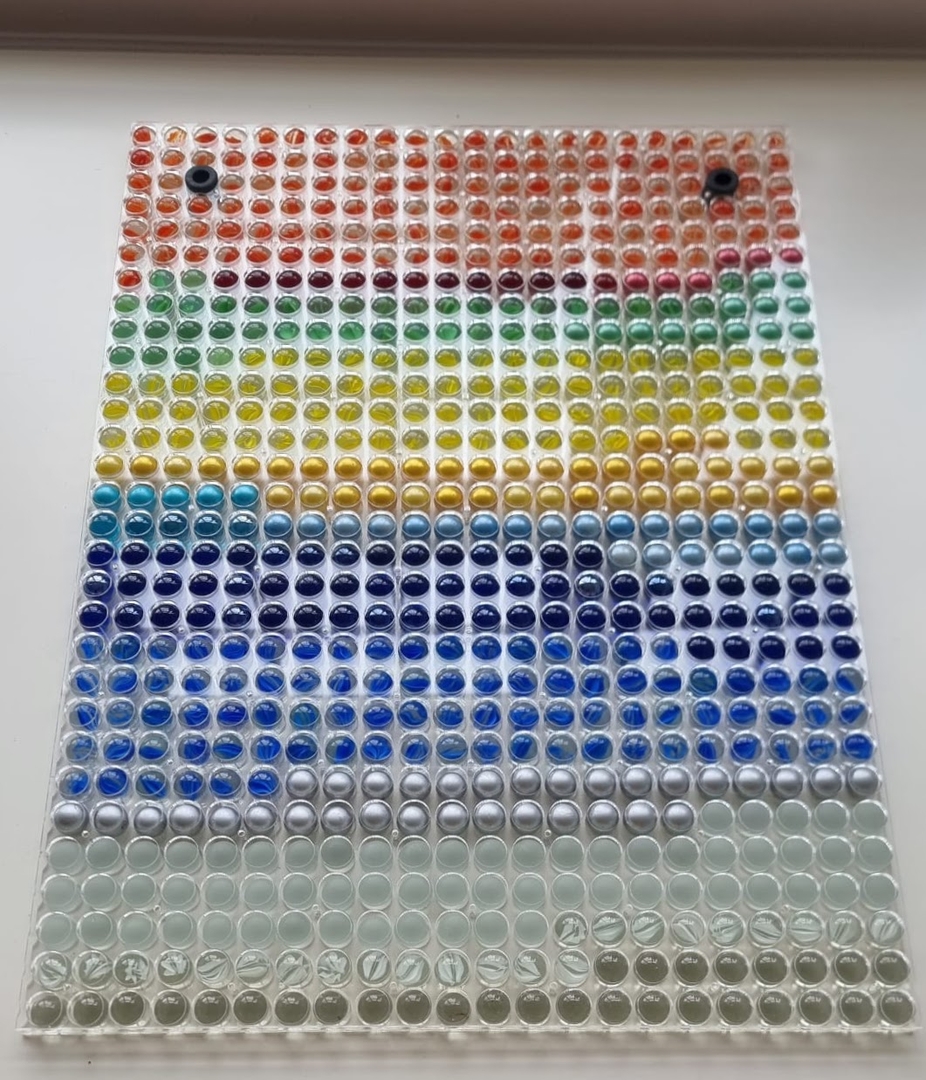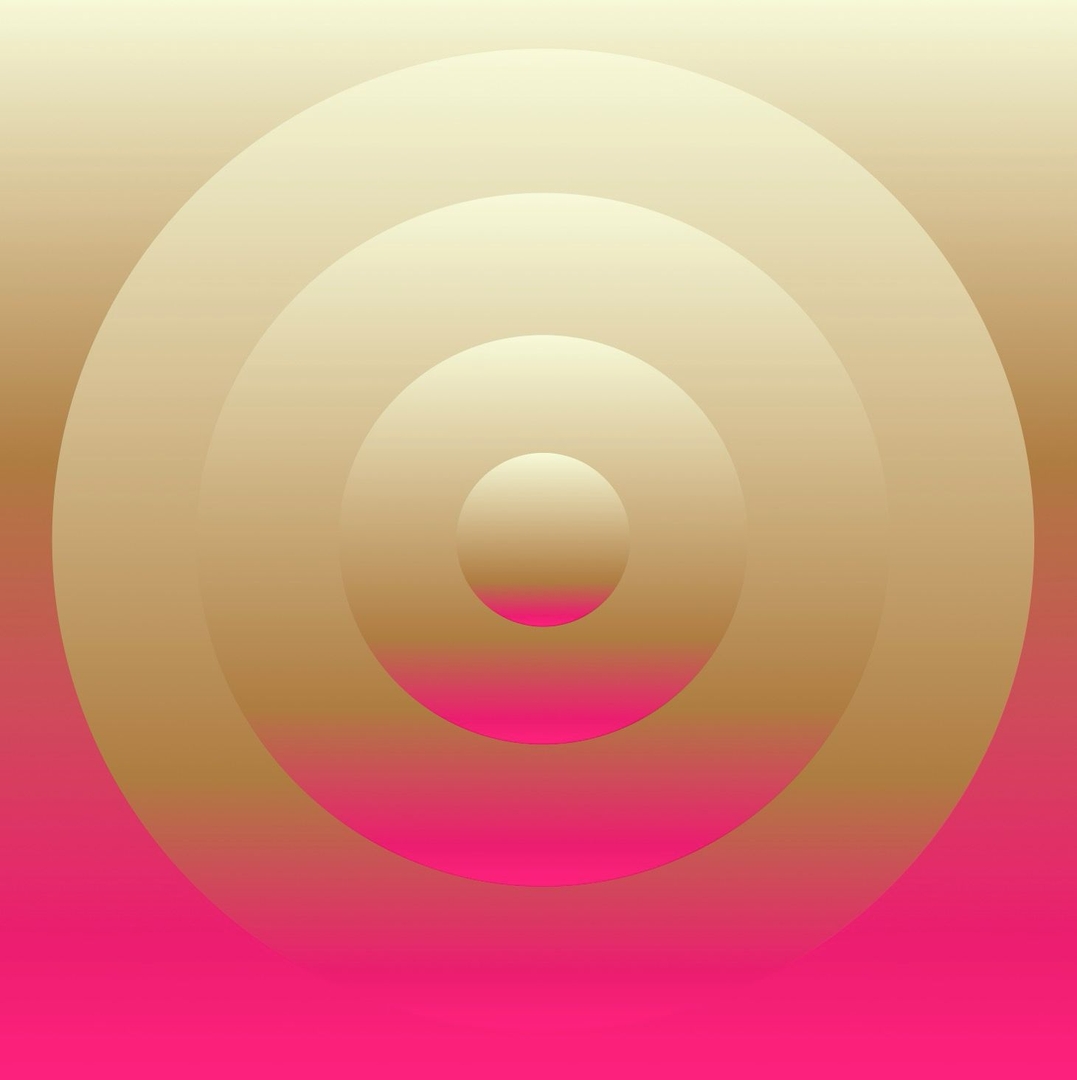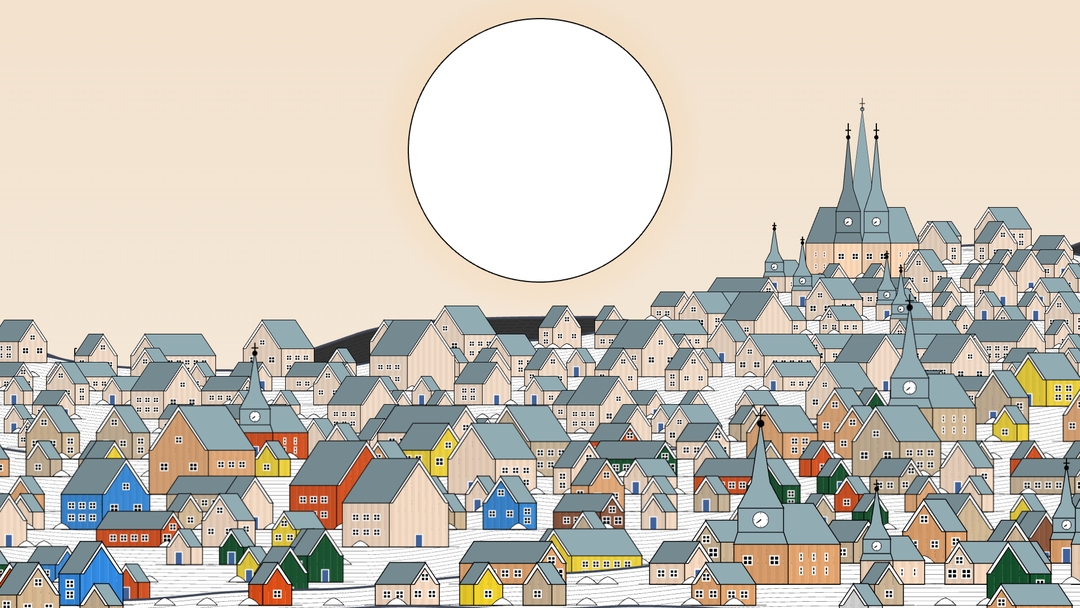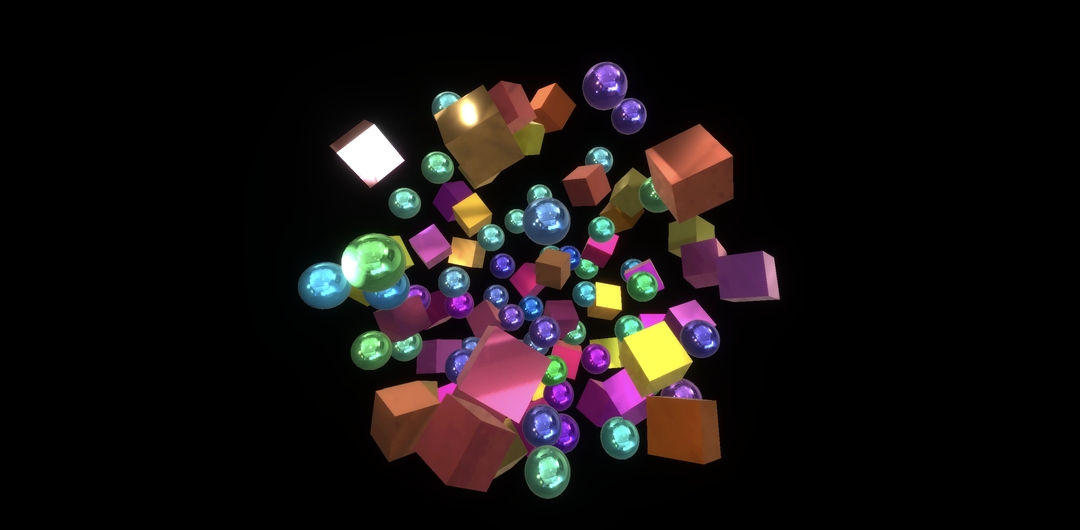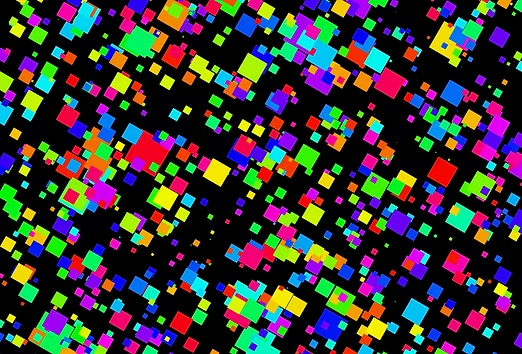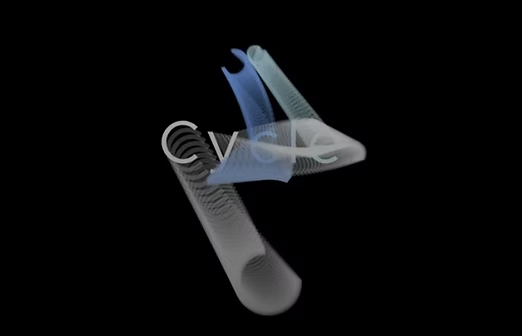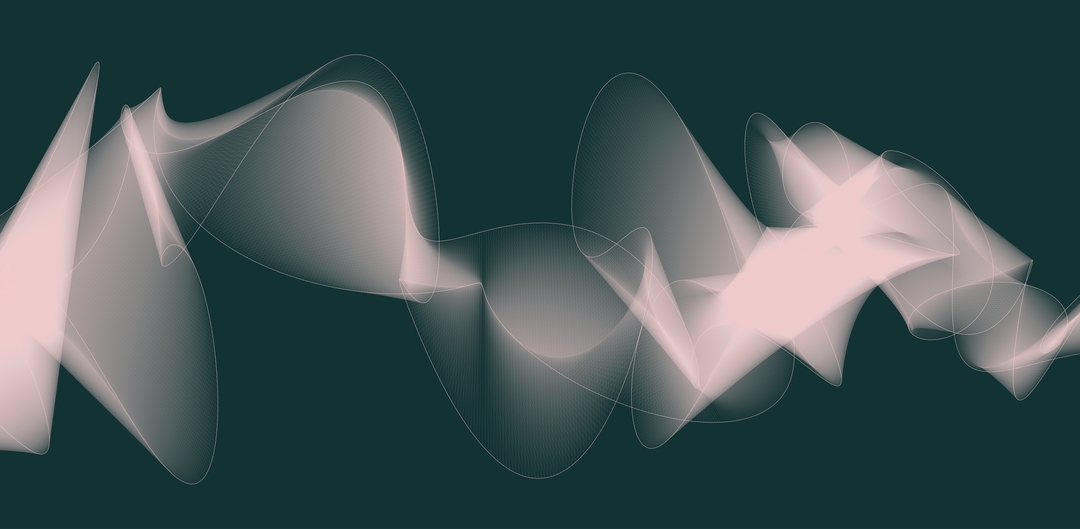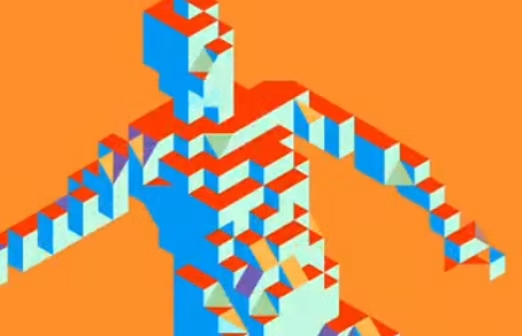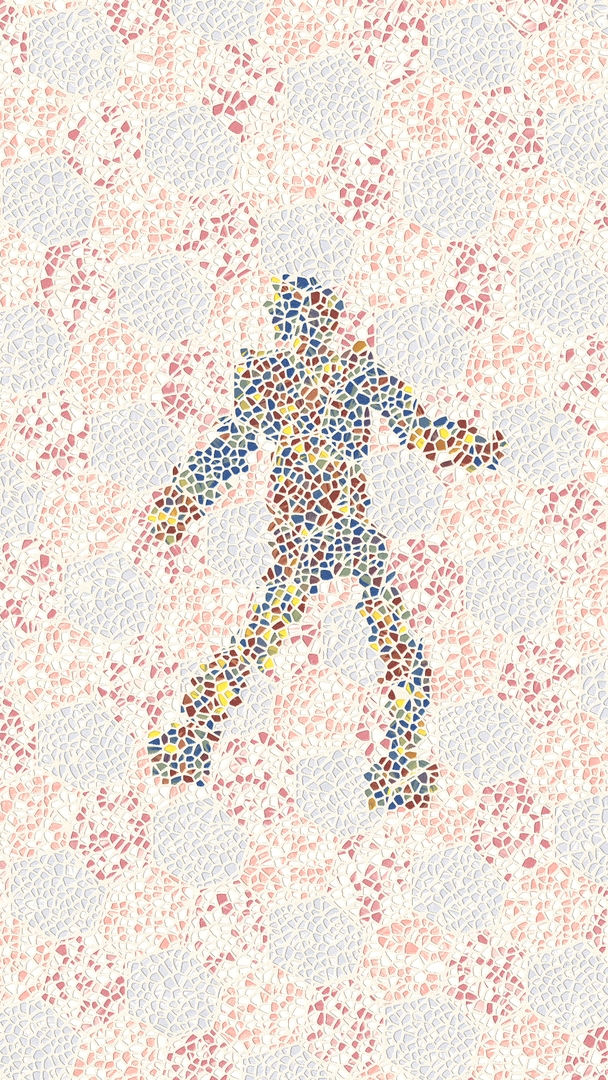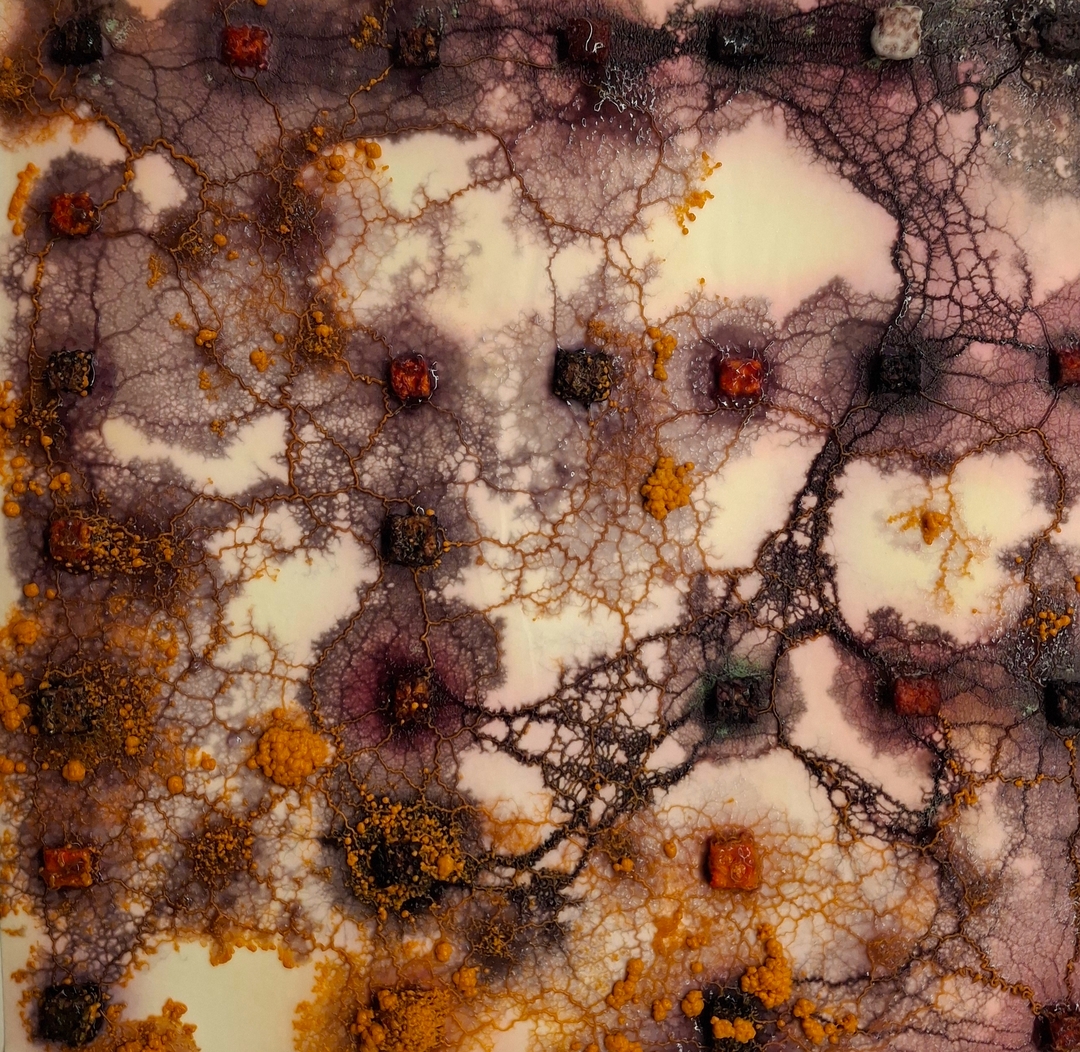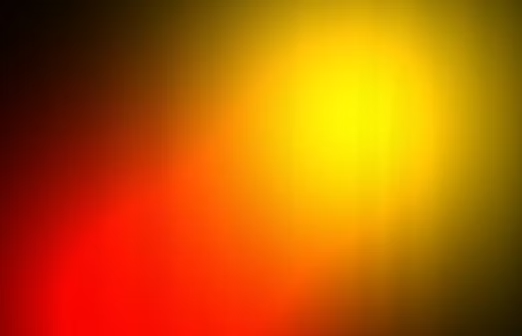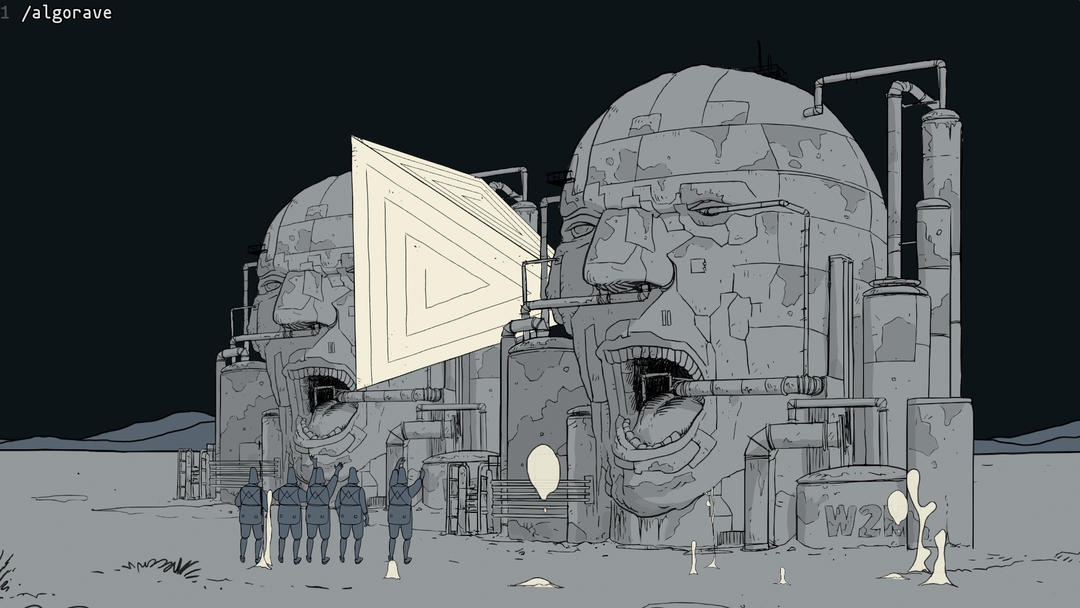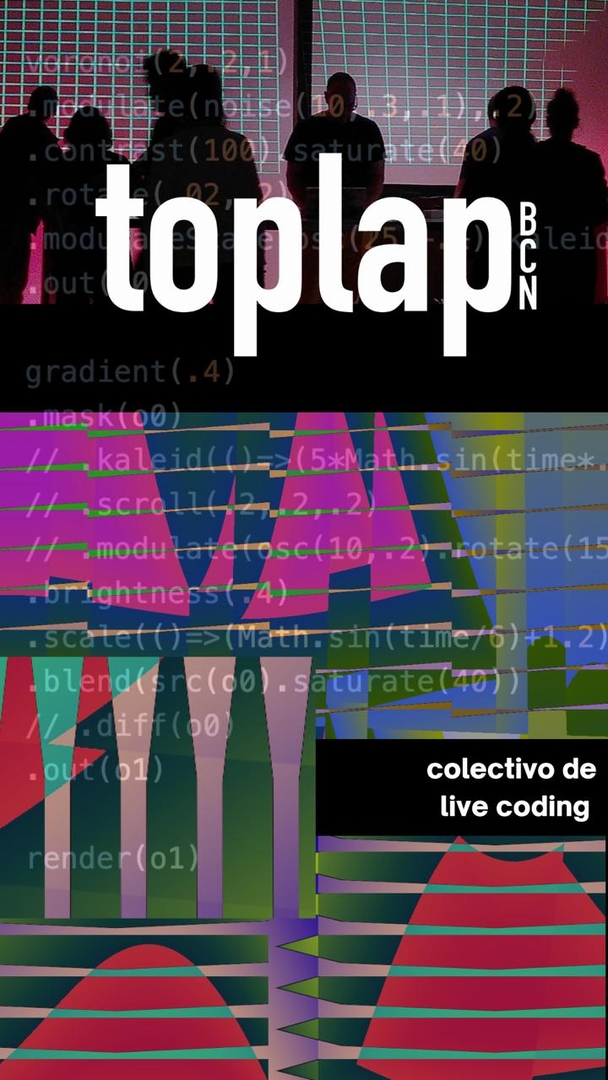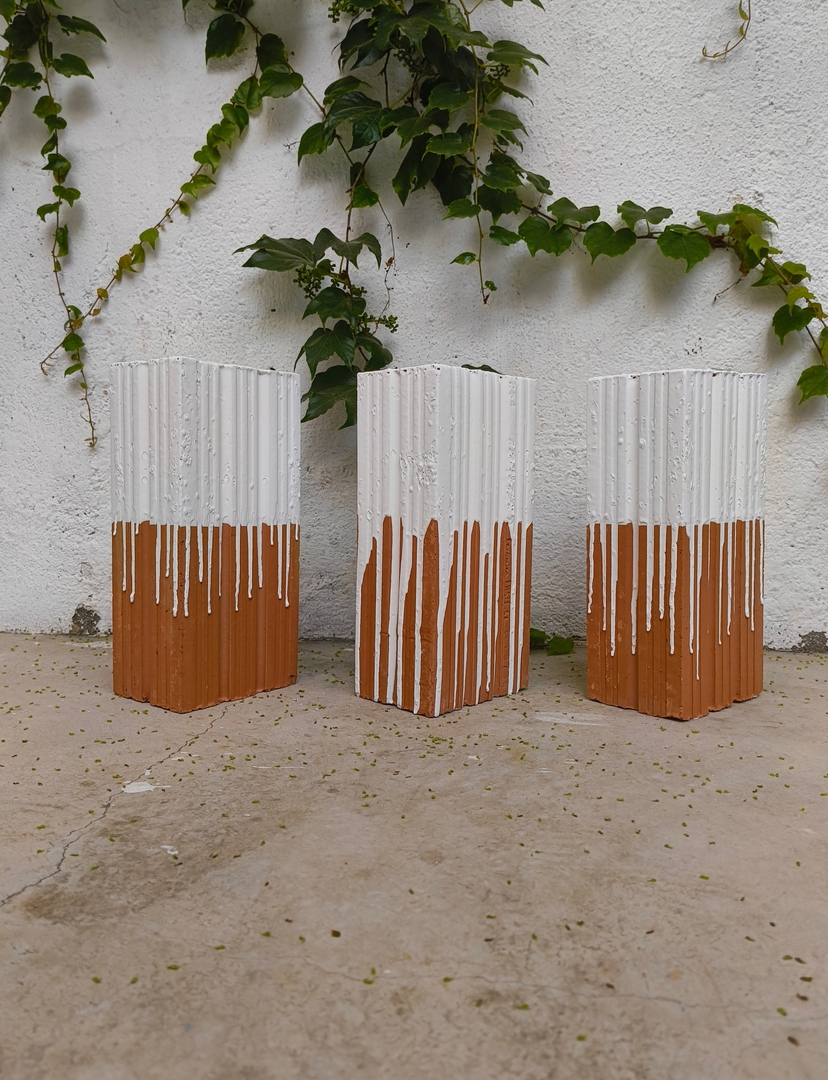Events
MAGBa: Mostra d’Art Generatiu de Barcelona 2025
For the second consecutive year, the nave Escoleta at Palo Alto hosts MAGBa — the Barcelona Generative Art Exhibition. Under the title “Beyond the Screen”, this year’s exhibition brings together 14 emerging and established artists who share one passion: art created with code, algorithms, and autonomous systems.
All the works have a connection to Barcelona—either artists reside, work, or draw inspiration from the city. They’re united by both the city and an artistic practice that combines programming languages with artistic sensibility, where randomness becomes a creative agent.
For this second edition, they push the boundaries of the screen to explore new dimensions of generative art. The exhibition features physical, interactive installations and immersive audiovisual proposals. These pieces interact with visitors, inviting them to participate and become part of fleeting, changing, and unrepeatable experiences.
MAGBa is a call from Barcelona's generative art community to discover the expressive potential of technology and immerse yourself in a constantly evolving creative universe.
True to The Generative Art Museum ethos, we proudly support this event by helping artists with the required resources for the exhibition. Amongst our goals as an association based in Barcelona, we aim to guide and facilitate conversations, meetings, events and whatsoever in the generative art or creative coding scene, by directly organising (Responsive Dreams or Sonar) or supporting events like this. Contact us for more information.
Activities
Exhibition opening (Sala Escoleta)
July 8 - 7 p.m
Free access
Guided Visit with the Artists
July 15 - 6 p.m
From Scratch – Live Coding with TOPLAP (Sala Cortes)
July 15 - 7 p.m
Location: Palo Alto, Barcelona
Schedule
From July 8 to August 22
Hours: Mon to Fri 9am to 8pm
Free access
Saturday 5 and 6 July open
Entry with Palo Market Fest access.
Location: Palo Alto, Barcelona
The Artists
Anna Carreras
Uses algorithms to paint works that tell stories of daily experiences while raising questions about our environment and complex universe.
Daniel Aguilar
Sees creative programming as a huge playground full of quirky tools that he can dismantle and recombine for fresh surprises.
Daniel Julià
Loves experimenting with code; programming lets him create lines and colours like a pencil, empowered by speed and infinite variation.
Eliza Struthers-Jobin
Fascinated by how programming and algorithmic thinking influence creative processes; her work is experimental, meditative, rhythmic, and motivated by continuous exploration.
Enric Mor
Focuses on multimedia art, interaction design, live coding, and the intersection of tech and design from an anthropocentric viewpoint.
Gerard Valls Montaño
Transforms physical spaces into atmospheres that generate unique visitor experiences, merging physical and digital through science, tech, materials, light, sound, and visualization.
Lali Barrière
Mathematician-turned-artist, uses math tools and inspiration through programming, exploring simple ideas or their combinations to create aesthetically intriguing work.
Luis E. Fraguada
Employs code to question reality; his practice includes public interactive installations, wearable computing, and generative audiovisual art.
Nico Arbogast
Creates computer-based art with code, exploring perception limits, recursion in human understanding, reality’s relativity, and our relationship with abstraction.
Paolo Curtoni
Experiences programming as building entities with life, engaging in a dialogue between creator and creation, often guiding viewers toward unexpected intuition
poperbu
Driven by finding the balance between order and chaos in generative art.
Roger Pibernat
Programming brought him full circle back to animation and illustration; now algorithms merge with drawing.
TOPLAP
A collective that practices and promotes live coding as an audiovisual creation technique, fostering tech appropriation via free and open‑source software to generate their own modes and relationships.
Heeey
Blends generative art and architecture to explore the intersection between digital art and sculpture, focusing on data and audience participation.
📸 Photo credits: Sara Bravo

